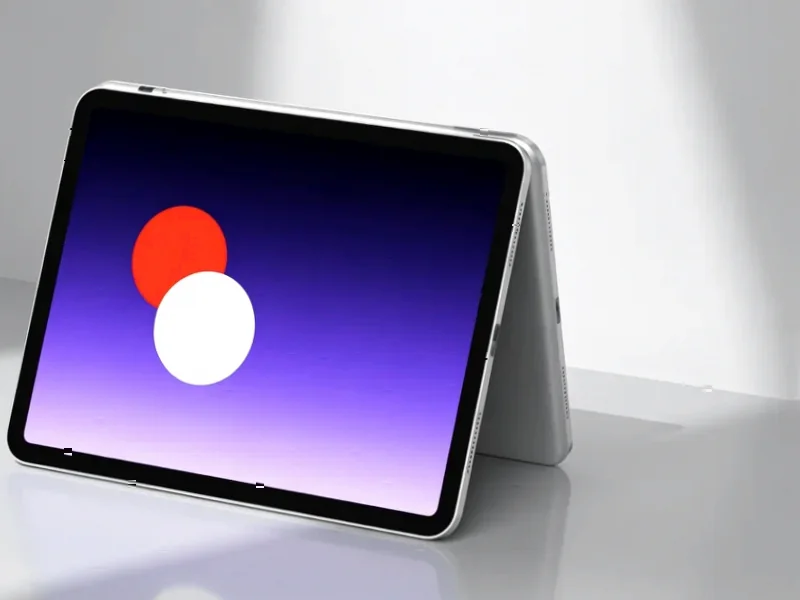According to MacRumors, Apple is developing a more affordable Mac notebook set to launch in the first half of 2026. The machine will cost “well under $1,000” and compete directly with budget Windows laptops and Chromebooks. It will feature a 13-inch display and use Apple’s A18 Pro chip from the iPhone 16 Pro rather than traditional Mac processors. The budget MacBook will come in bright colors including Silver, Blue, Pink, and Yellow, similar to recent iMac designs. Apple analyst Ming-Chi Kuo first revealed details about this machine back in June. The new laptop won’t replace any existing Mac models and will be sold alongside M5 versions of the MacBook Air and Pro.
Why This Actually Makes Sense
Here’s the thing: Apple has been leaving money on the table for years. While they’ve had the iPhone SE for budget-conscious phone buyers, their laptop entry point has stubbornly stayed at $999. That’s a psychological barrier that keeps a lot of students and casual users in the Windows or ChromeOS ecosystems. Basically, Apple is finally admitting there’s a huge market segment they’ve been ignoring.
And the timing? It’s actually pretty smart. By 2026, Apple’s chip technology will be so mature that using iPhone processors in a laptop won’t be a compromise—it’ll be a strategic move. The A18 Pro in a laptop form factor could deliver impressive battery life and more than enough performance for the target audience. Think about it: most people buying sub-$1,000 laptops aren’t video editors or software developers. They’re browsing the web, writing papers, and streaming content.
Where This Fits in Apple’s World
This isn’t just about competing with Dell and HP. It’s also about cleaning up Apple’s own confusing entry-level options. Right now, if you want an affordable Apple computing experience, you’re looking at an iPad with a keyboard—which honestly feels like a compromised solution. The iPadOS limitations become apparent pretty quickly when you’re trying to do real work.
So this new budget MacBook could effectively replace that awkward iPad-as-laptop setup. It gives Apple a clear product for the education market, for families buying their first computer for kids, and for anyone who just needs a reliable machine without the premium price tag. The colorful options are a dead giveaway—they’re clearly targeting the same demographic that made Chromebooks so popular in schools.
What’s really interesting is that this doesn’t cannibalize their existing lineup. The M5 MacBook Air and Pro will still exist for people who need more power and are willing to pay for it. This is Apple doing what they do best: creating a new category rather than just competing in an existing one. They’re not making a “cheap” MacBook—they’re making an “affordable” one, and there’s a big difference in how that positioning works.
What This Means for Everyone Else
Look, Chromebook makers should be worried. Windows laptop vendors in the sub-$800 range should be very worried. Apple entering this space with their ecosystem advantage and brand appeal is going to shake things up dramatically. When someone can get a “real” MacBook for the price of a mid-range Windows laptop, that changes the calculus for a lot of buyers.
The big question is whether Apple can actually deliver a compelling experience at this price point. Using iPhone chips helps control costs, but will they cut corners elsewhere? Will the build quality feel cheap? Apple’s reputation is built on premium experiences, so they’ll need to walk a fine line between affordability and maintaining their brand standards.
One thing’s for sure: the laptop market in 2026 is about to get a lot more interesting. After years of watching the budget space from the sidelines, Apple is finally ready to play.




